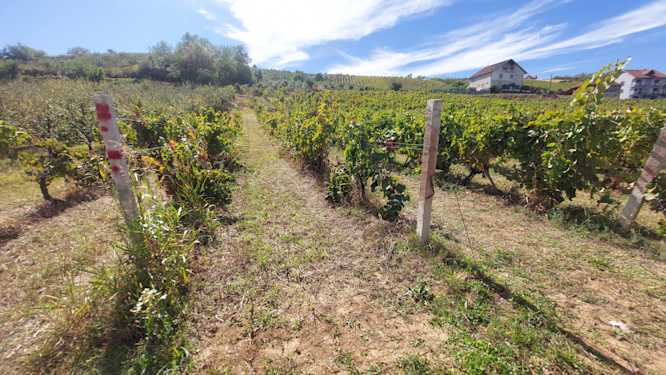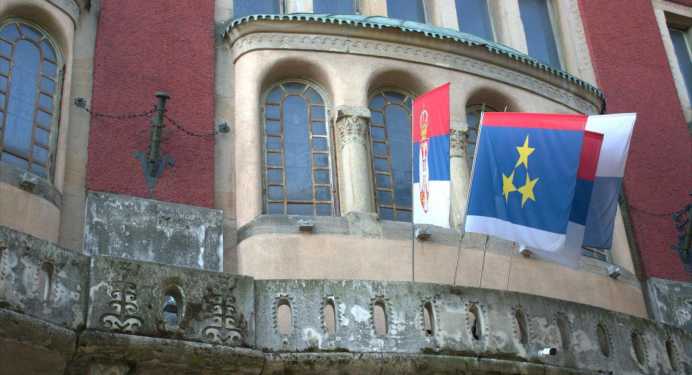
The Crveni Krst concentration camp
Preserving Niš’s past
Every August, tens of thousands descend upon the town of Niš in south-east Serbia for the annual Nišville festival of jazz and blues, located within the walls of its eighteenth century fortress. The assorted stages buzz with rather liberal interpretations of the respective musical genres, performed by an international line-up of performers.
Just a short walk away are the remnants of the Crveni Krst (Red Cross) concentration camp. Here, behind the complex’s unassuming walls, some 35,000 people - mainly Serbs, Jews and Roma, including members of the partisans and other liberation movements, and those accused of collaboration - were detained by the occupying German forces from spring 1941 until its liberation by Yugoslav Partisans in 1944.
Today the site preserves the memory of those executed within its walls or at nearby Bubanj hill (with some estimating that some 10,000 were killed), or deported via the nearby railway lines to other camps within the then Yugoslavia (such as Sajmište camp in Belgrade) or further afield (including Auschwitz, Mauthausen and Ravensbrück).
Remnants of surveillance and control - the guard post and guardhouse, watch tower, barbed wire and concrete posts - surround the inner perimeter of the camp walls. SS insignia and German words such as ‘Wache’ (‘Guard’ or ‘Watch’) are still visible on the walls.
Low rise buildings are set at right angles to one another, separated by squares of yellowed, wilting grass. Inside the most prominent and inauspicious - a two-story, bold, grey construct that resembles an asylum or infirmary - messages from camp inmates remain etched into its walls. Pains of glass, seemingly covered in tracing or baking paper, block or stain the admittance of light, adding to the tortuous atmosphere.
On the upper floor are the numbered holding cells, the nausea and claustrophobia of which are magnified by the summer heat and humidity. On the stairwell is a black-and-white mosaic dedicated to the victims of torture and summary execution
On the 12th February 1942, some 174 inmates attempted a daring escape, understood to be one of the first of its kind from any of the Nazi operated concentration camps throughout Europe. Though 105 are believed to have survived, the subsequent days saw brutal reprisals from the German troops during which some 850 prisoners were executed. A series of photographs recalls those who tried and ultimately failed to escape. Stories of the episode quickly spread, providing a glimmer of hope to those facing similar stark realities.
Though the physical infrastructure of Crveni Krst concentration camp is extremely well preserved, the memories of suffering inflicted here have become too frayed and forgotten. The challenging, contemplative nature of the complex, however, will hopefully help ensure their preservation for future generations.
Ian is a writer based in the Balkans. He is the author of 'Dragon's Teeth - Tales from North Kosovo' and 'Luka'. Follow Ian on Twitter @bancroftian.
Currently in: Belgrade, Serbia — @bancroftian




